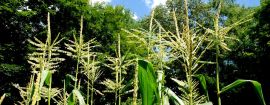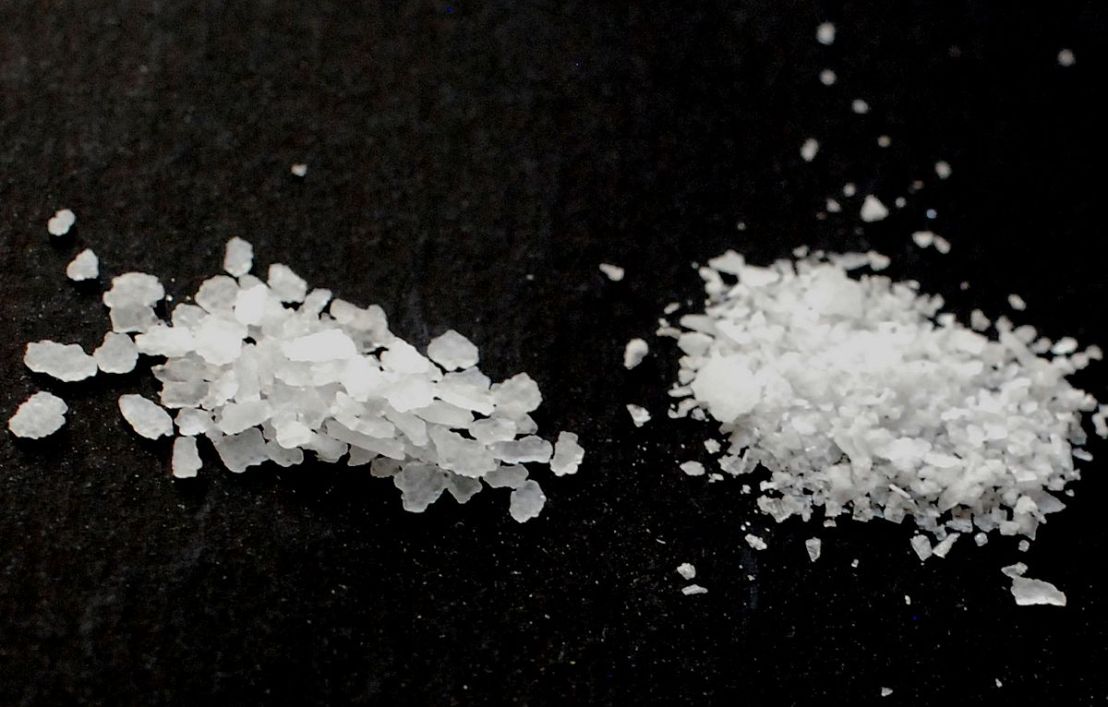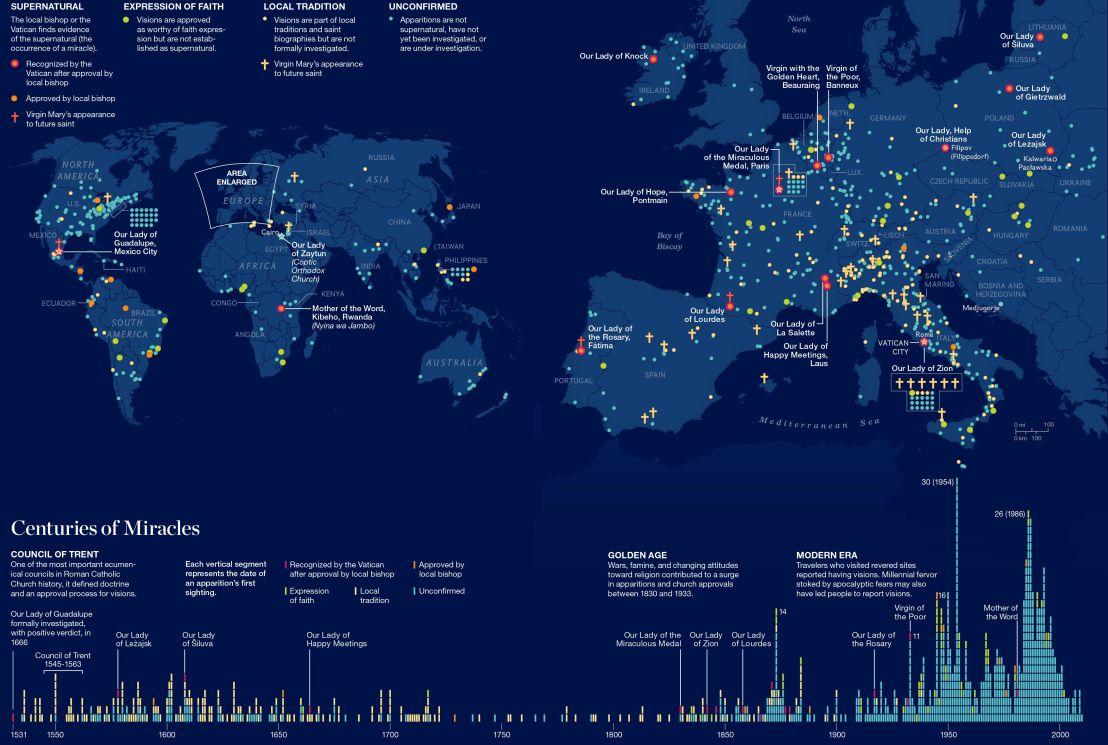 In a surprise announcement, Volkswagen Chairman Martin Winterkorn announced that Volkswagen plans to acquire the Chipotle restaurant chain.Volkswagen announces plans to acquire Chipotle
In a surprise announcement, Volkswagen Chairman Martin Winterkorn announced that Volkswagen plans to acquire the Chipotle restaurant chain.Volkswagen announces plans to acquire Chipotle
“We believe, this acquisition represents real synergy,” he said. “Each of our companies has problems the other can help solve. Currently, there are no good burritos available in Germany and this acquisition is unlikely to change that. However, we do plan to rename our popular Beetle as the Burrito. They’re about the same size and both taste equally good,” he explained.
Volkswagen is currently wrestling with a problem in controlling emissions in its diesel cars. “Here, we believe Chipotle can help us, because the emissions from Chipotle’s customers have never been considered a problem,” Winterkorn explained.
Meanwhile, Chipotle has been frantically trying to control the fallout from hundreds of customer food poisonings from E coli, norovirus and salmonella. Chipotle co-chairman Steve Ellis noted that adopting German cleanliness standards may be part of the solution. “Have you ever been in a Volkswagen factory?” he asked. “Even the mechanics are wearing white coats. This is a huge innovation over the torn T-shirts our kitchen workers wear, and might help us a great deal.”
Chipotle has been making a great deal of noise regarding their locally sourced produce supply, but admits this may have to change. “We’re up to our ears in manure already, and we have to take a step back (oops!) and work on reducing those nasty contaminants. We’re even considering having our produce shipped from Germany inside those big Volkswagen Burritos! I wonder if our suppliers ever considered using nitrogen fertilizers instead. I hear they have lot less bacteria in them!”
Volkswagen has a huge public relations problem to fix, since it became known that they had modified the emissions control software to pretend that many fewer pollutants were being emitted when the cars were actually being tested. “This is really like our pretending that our insistence on non-GMO foods actually made our products safer, when it turned out the opposite was true,” Ellis admitted.
While there are no plans for closer integration between the two companies, Volkswagen is planning to announce a new line of Taco Trucks.





 According to a press release last Friday from the
According to a press release last Friday from the 
 To the dismay of many long time fans of National Geographic, its December issue featured a cover story called “
To the dismay of many long time fans of National Geographic, its December issue featured a cover story called “